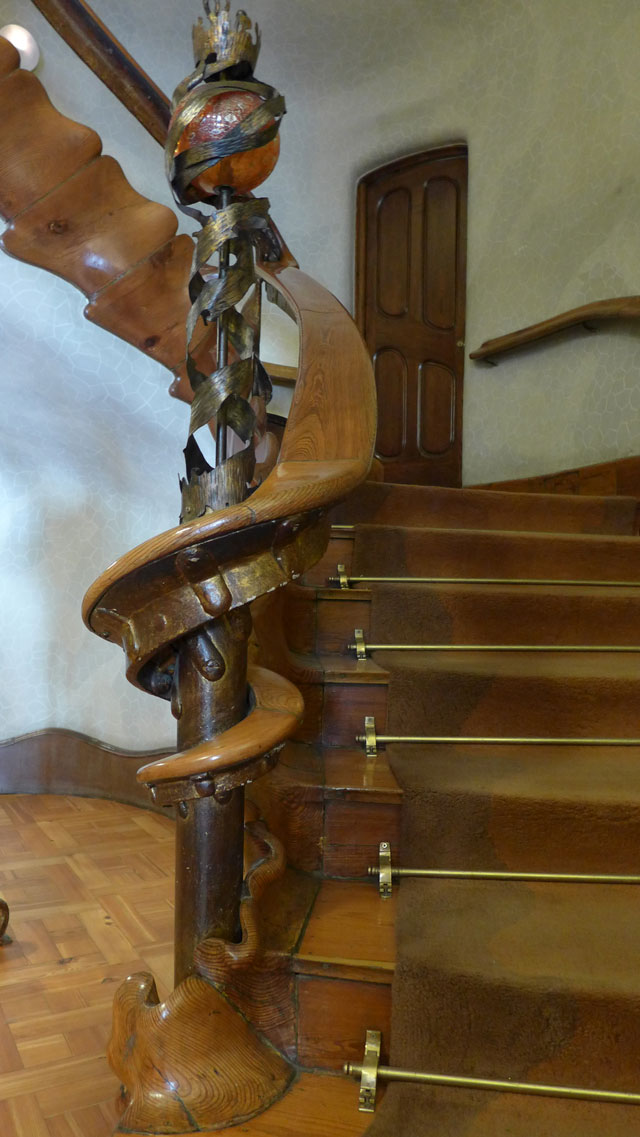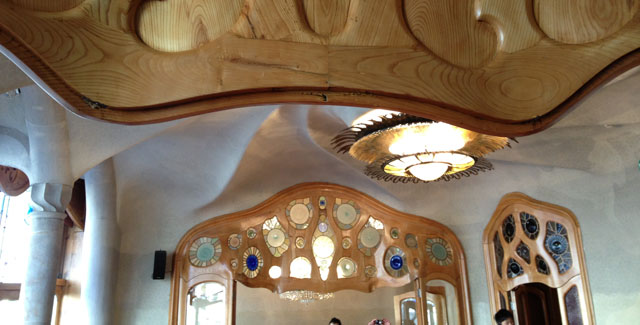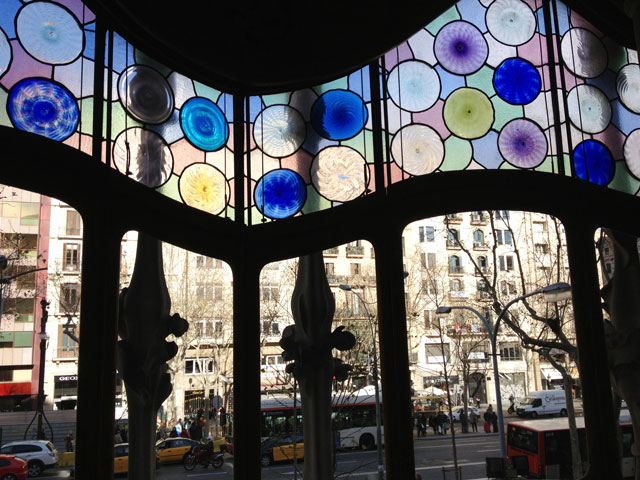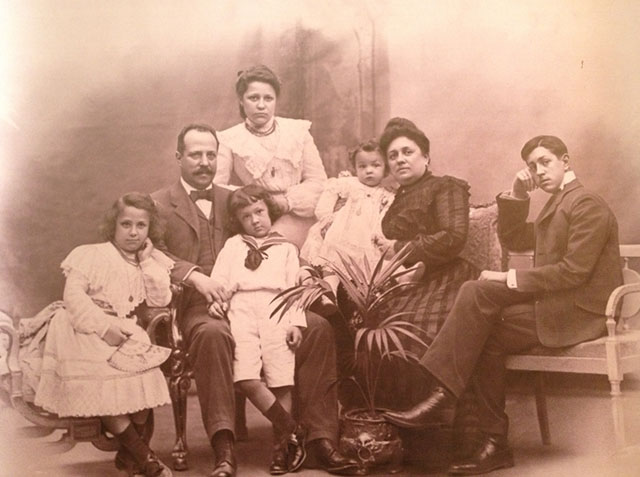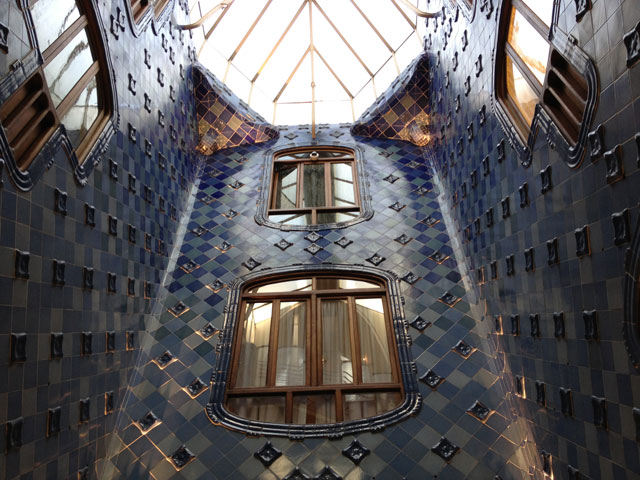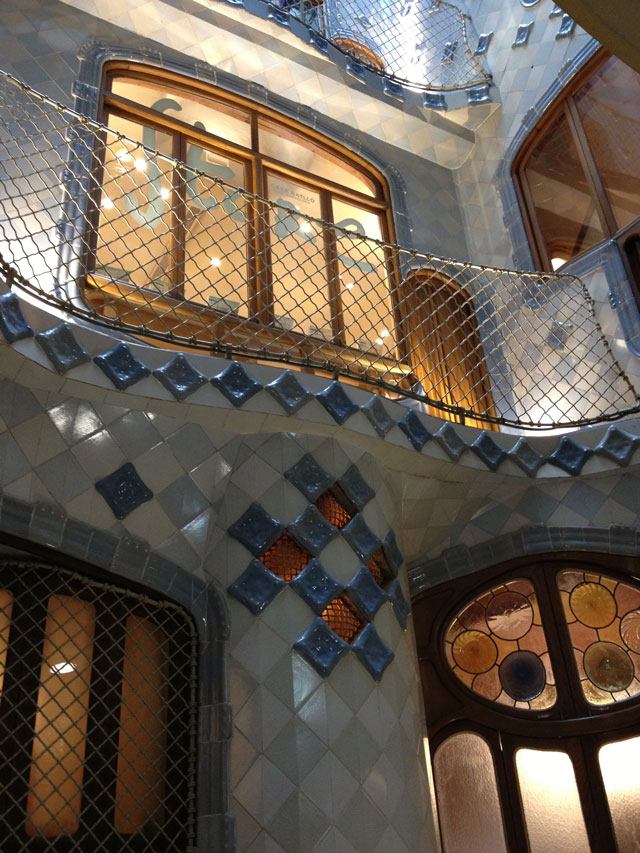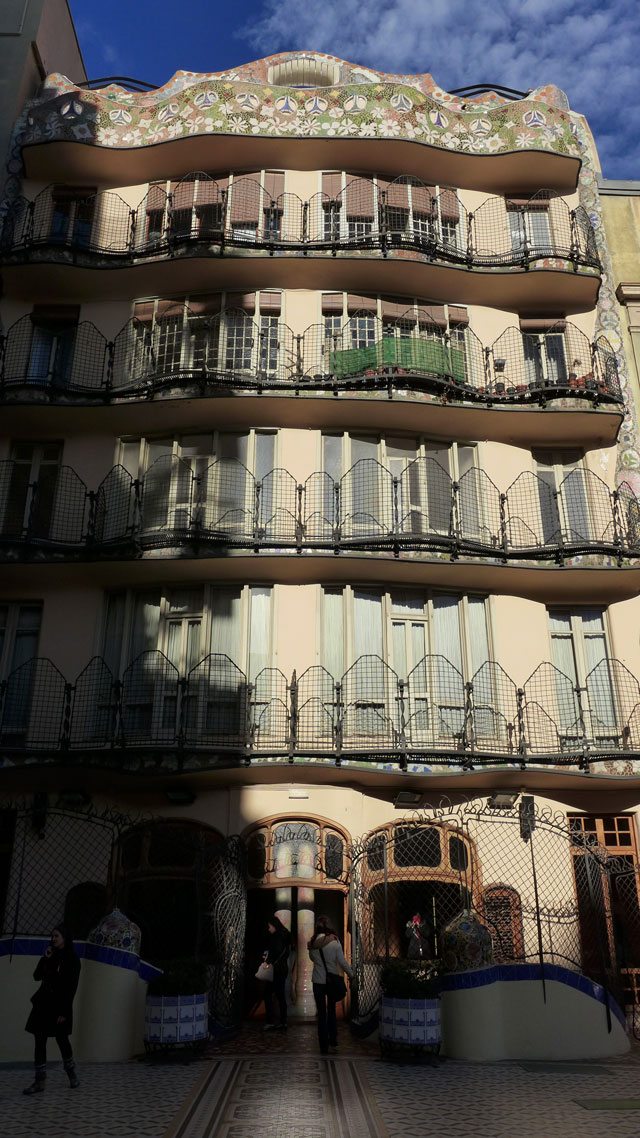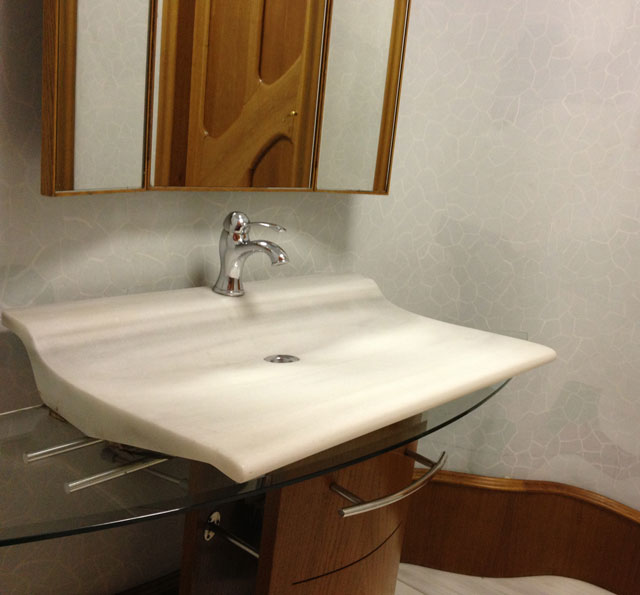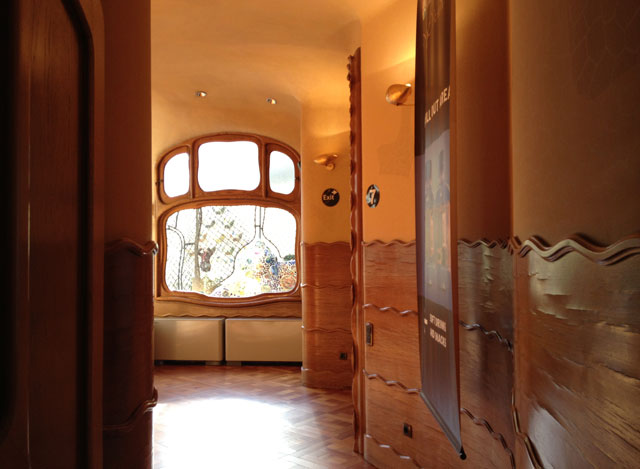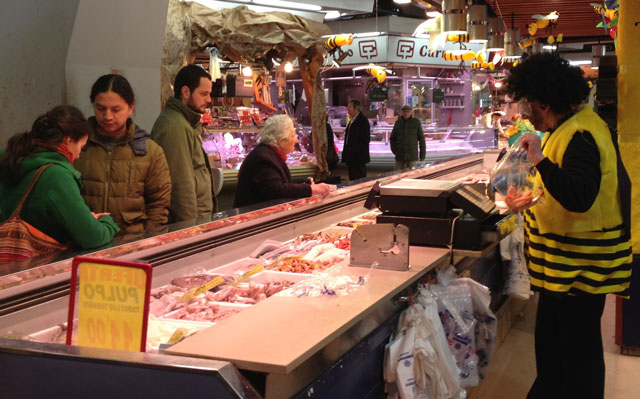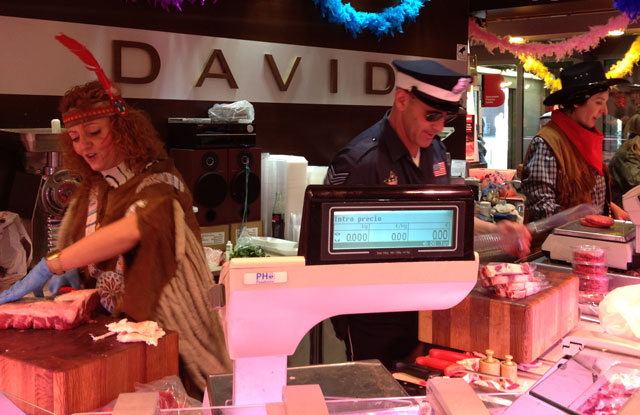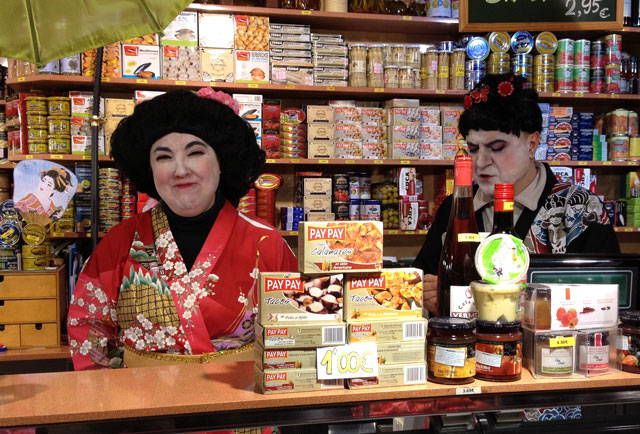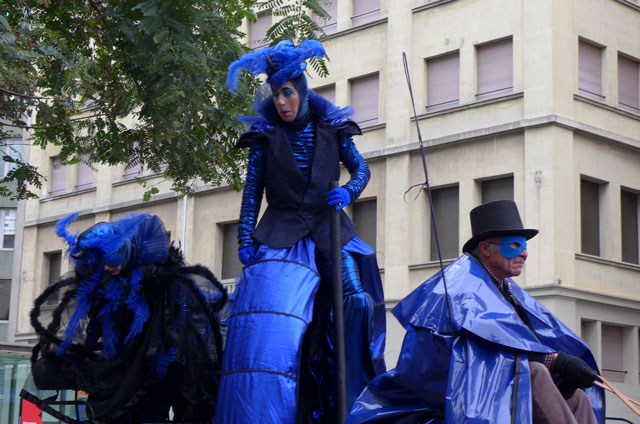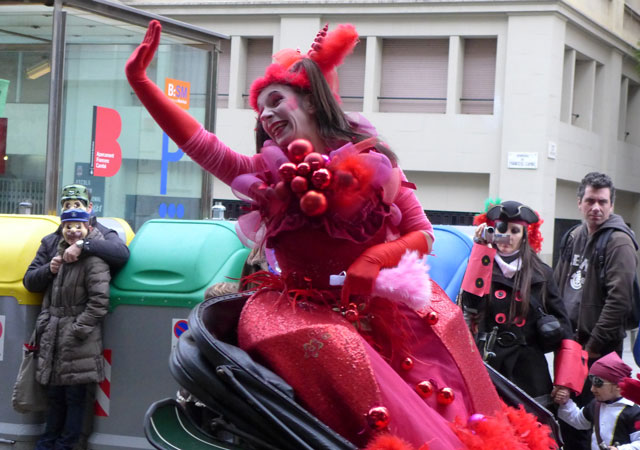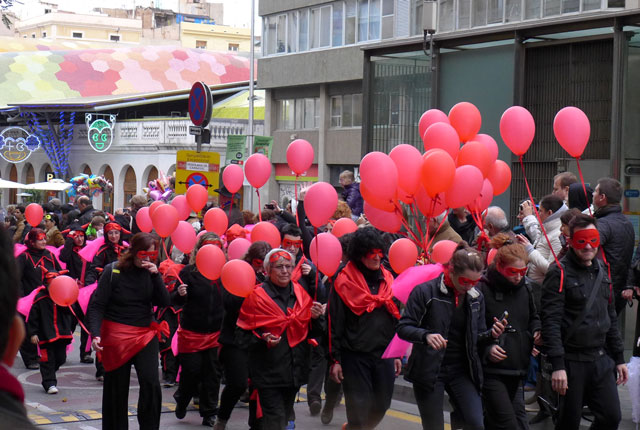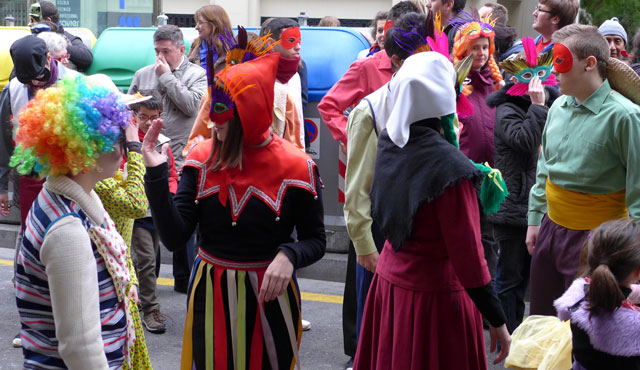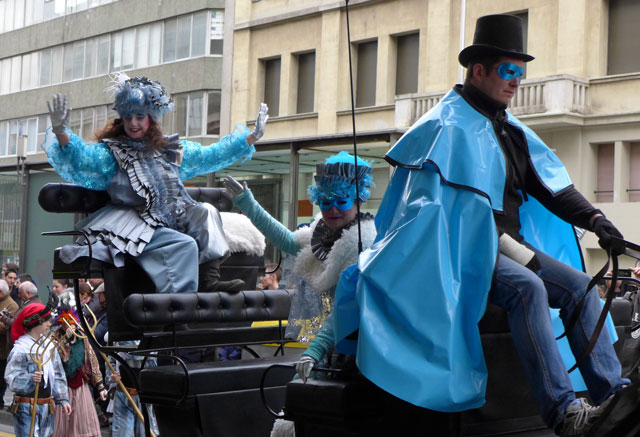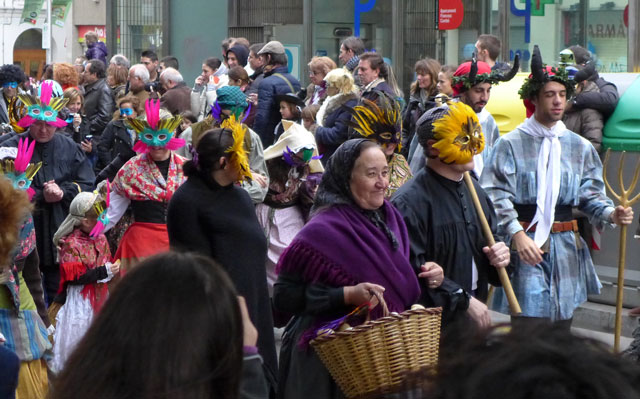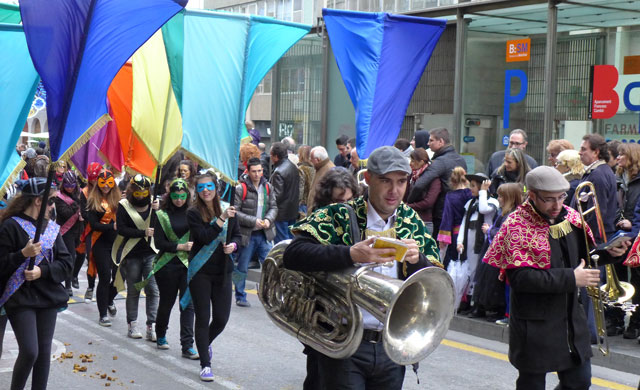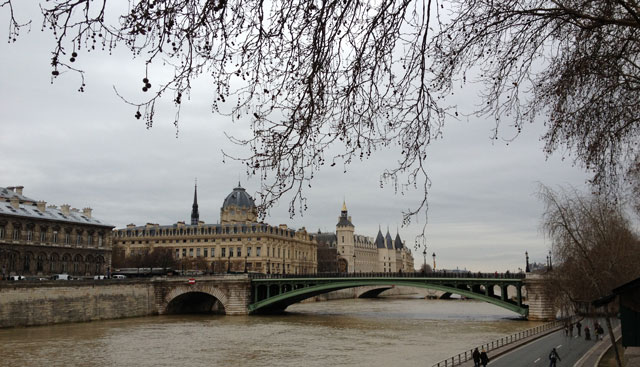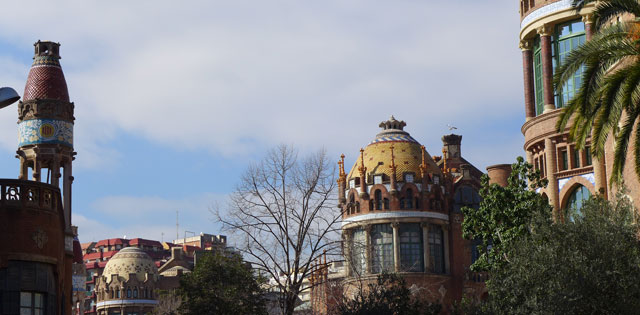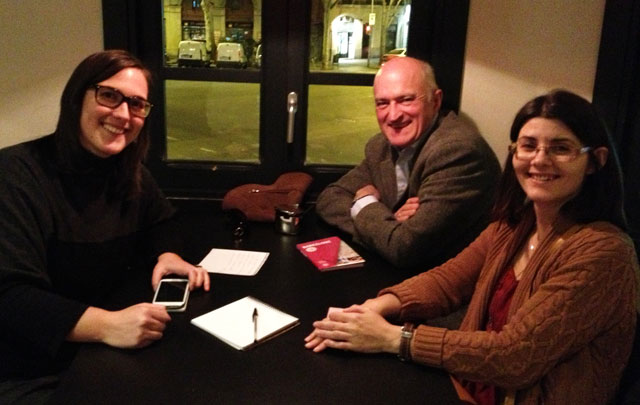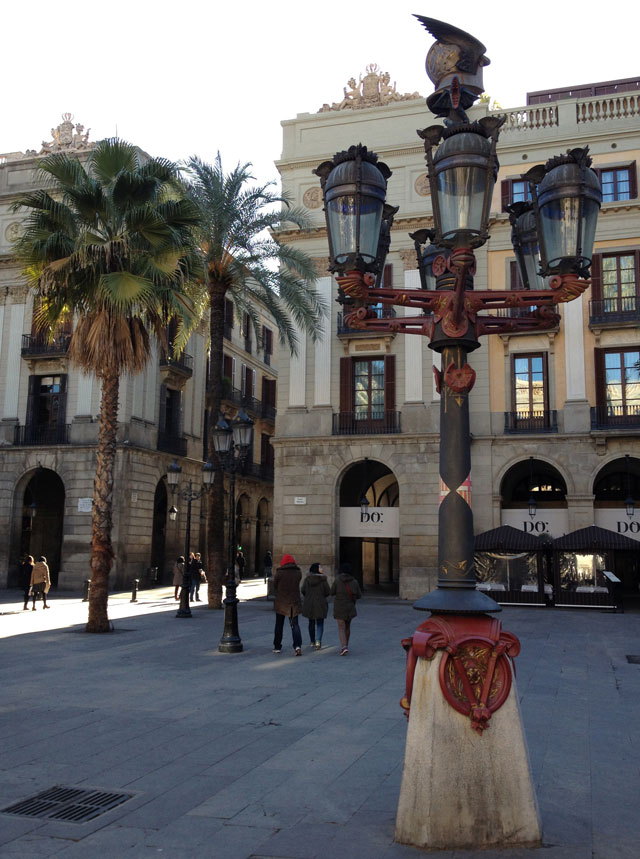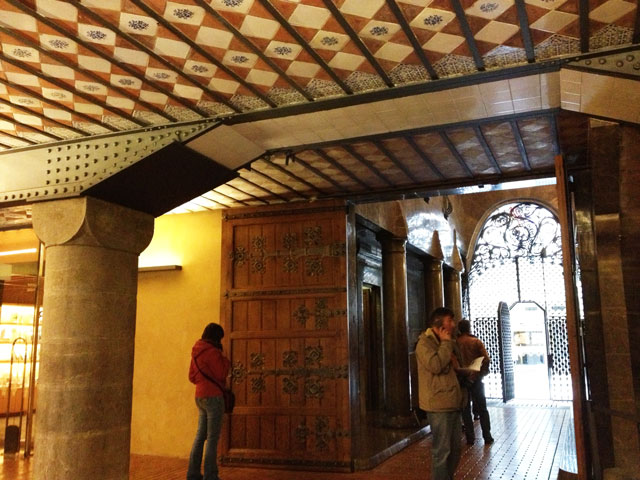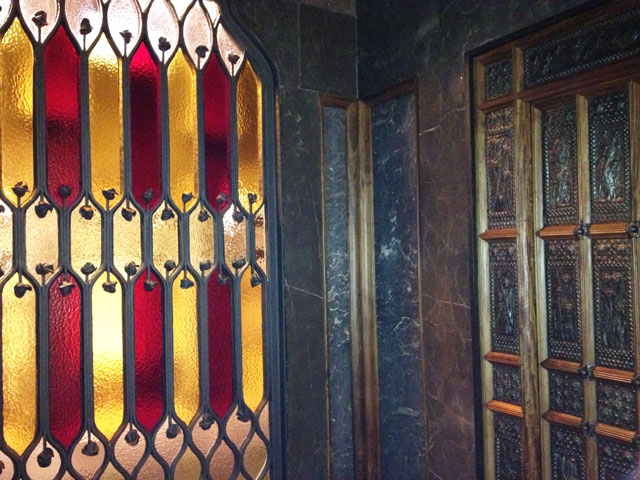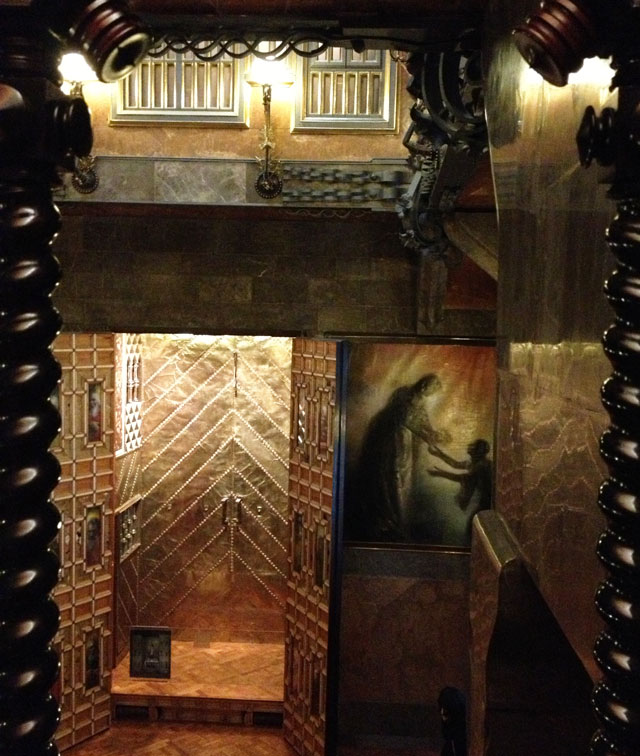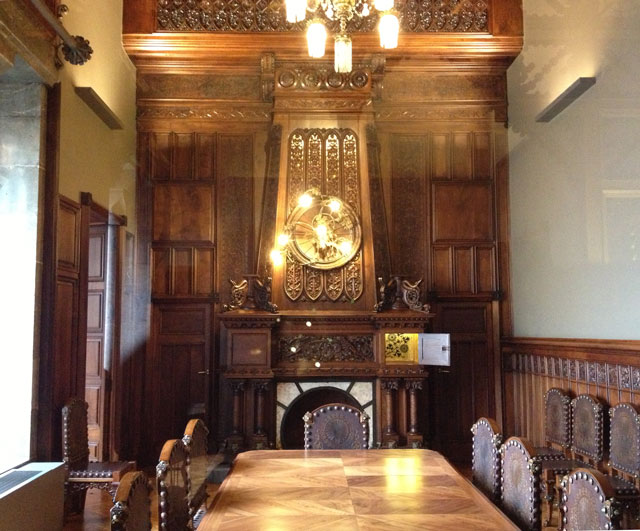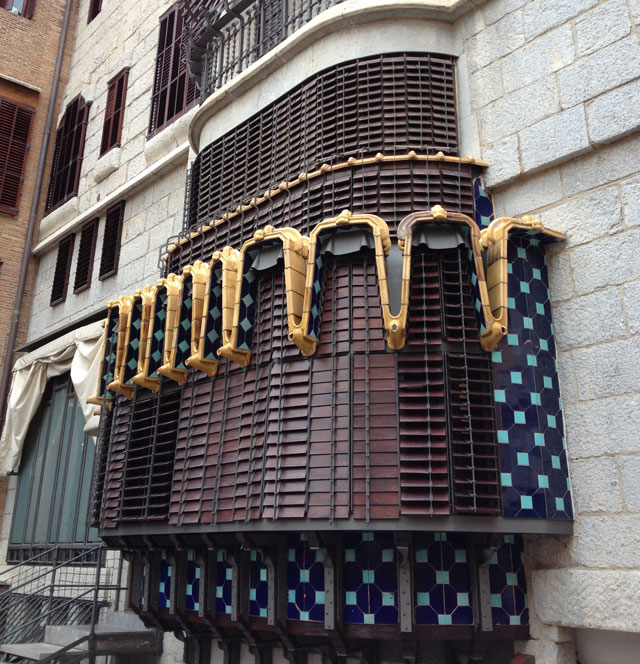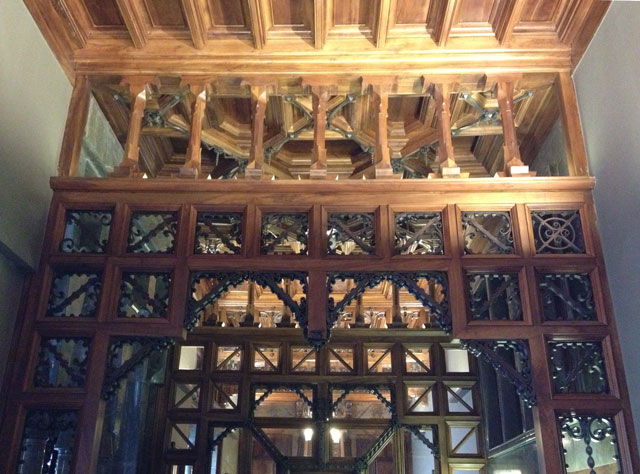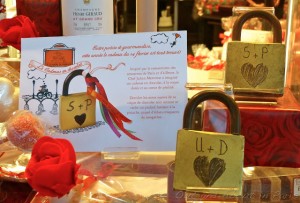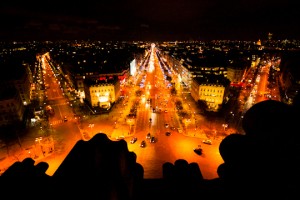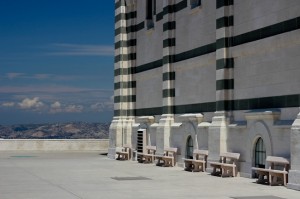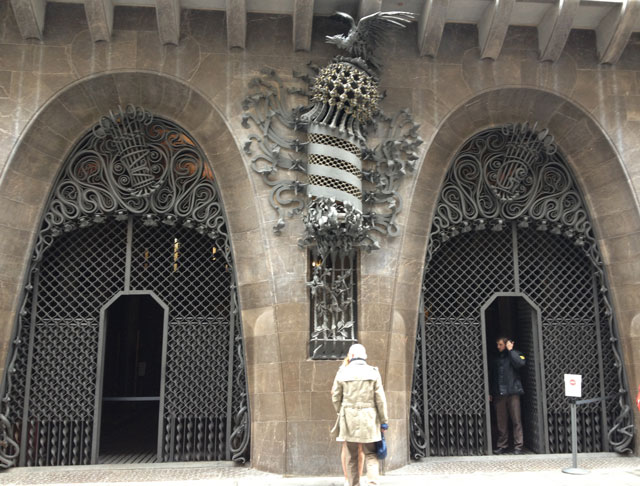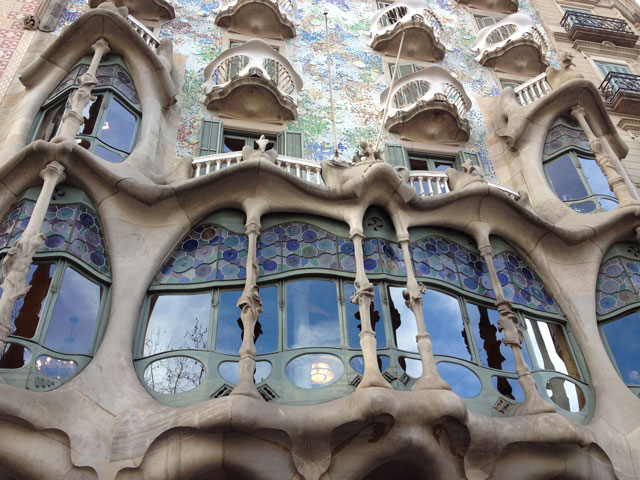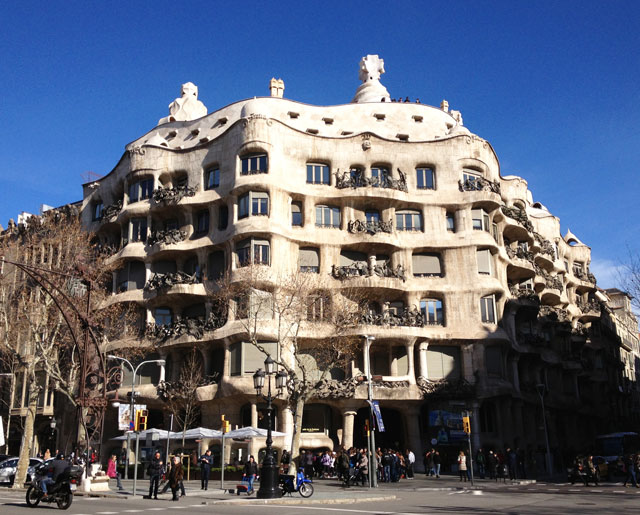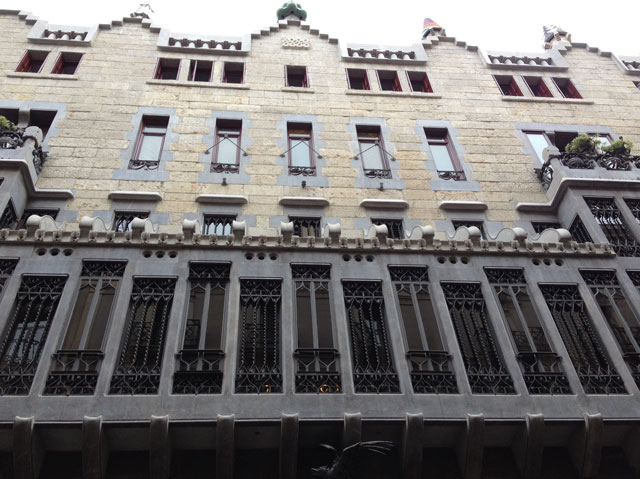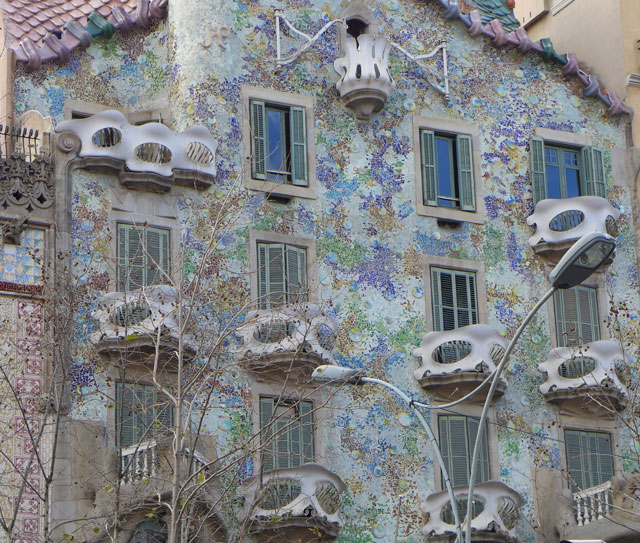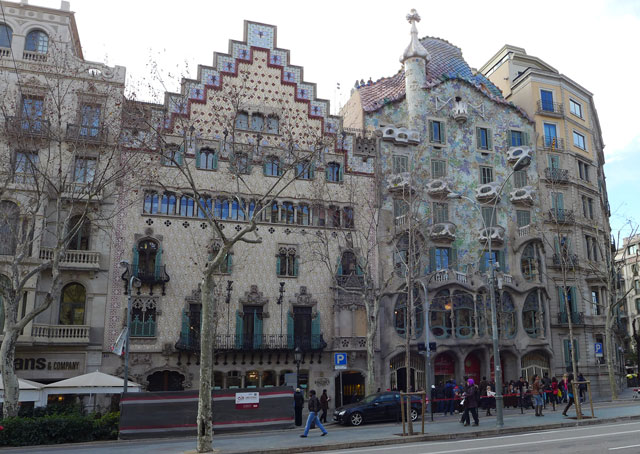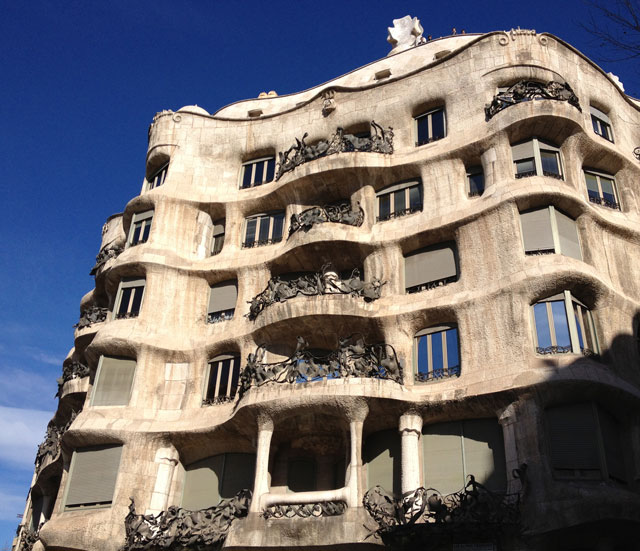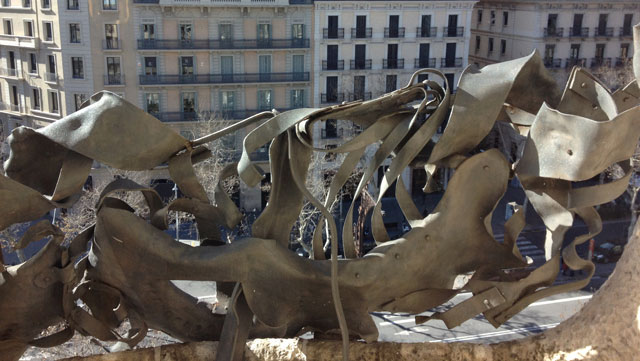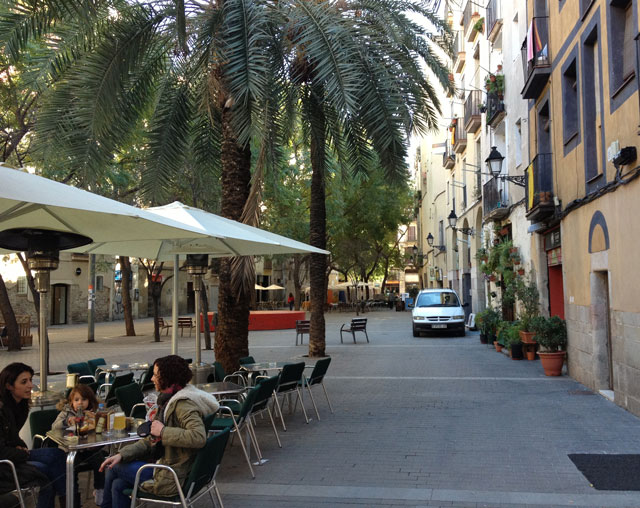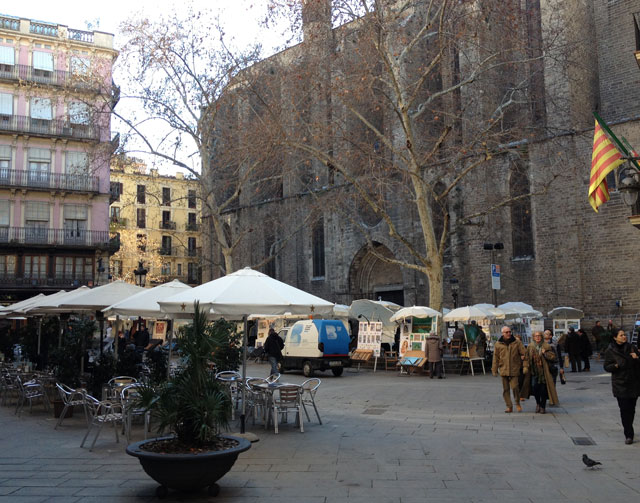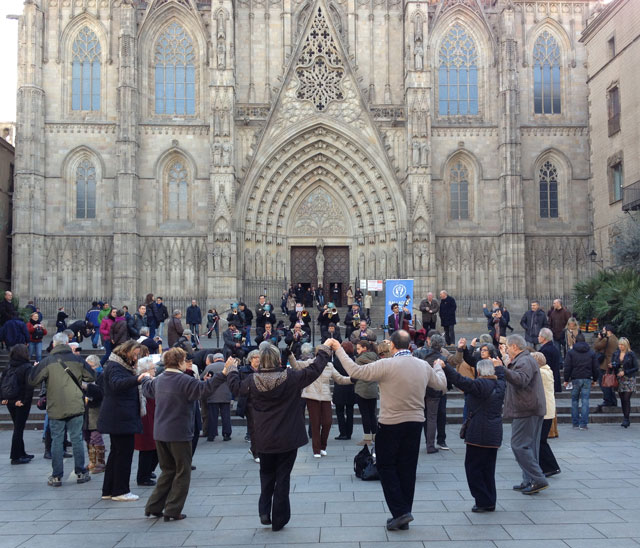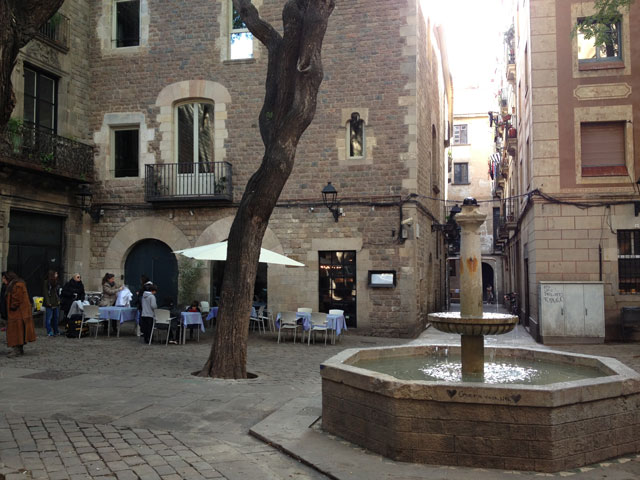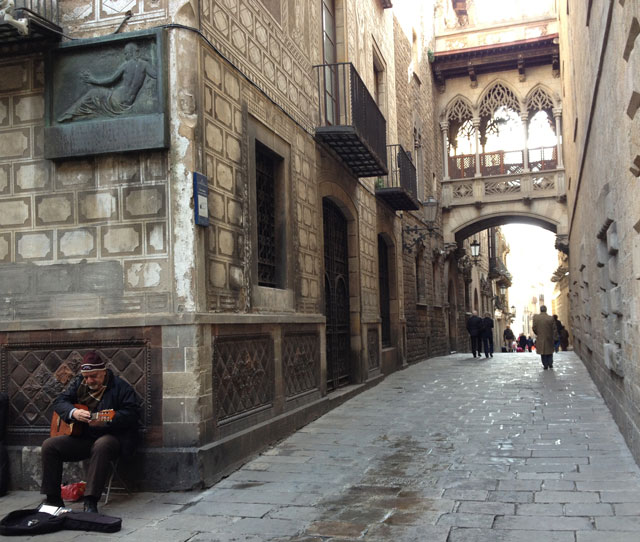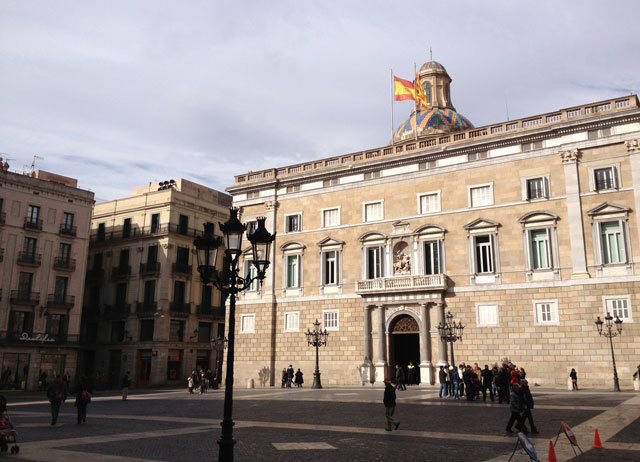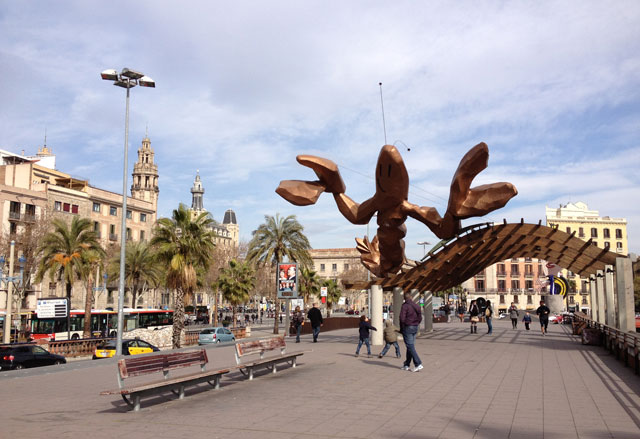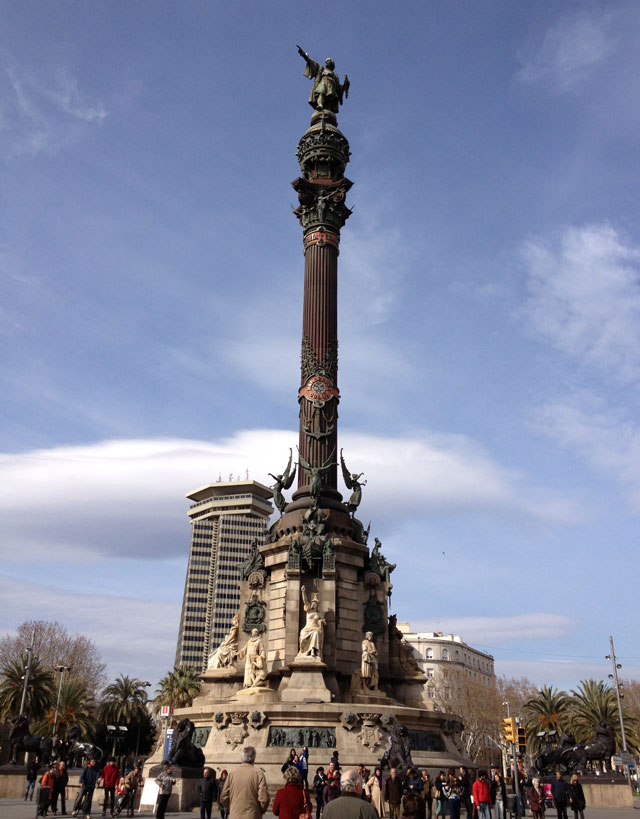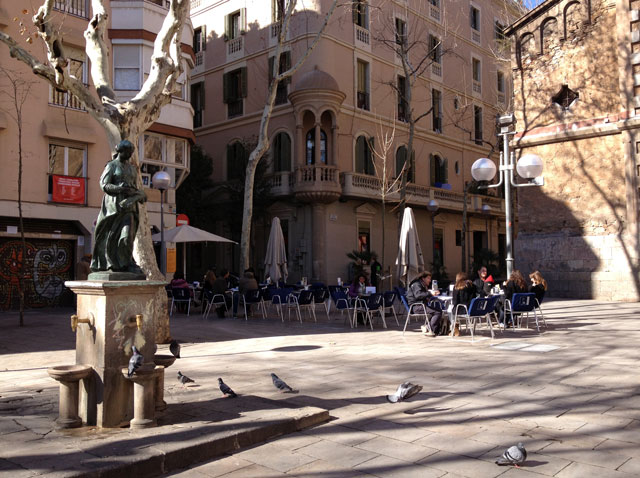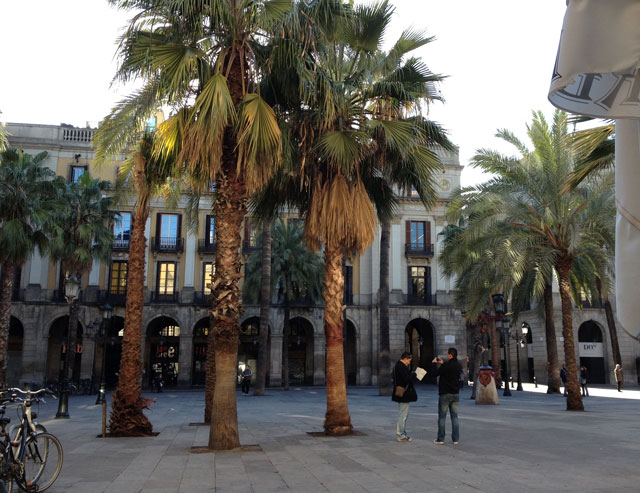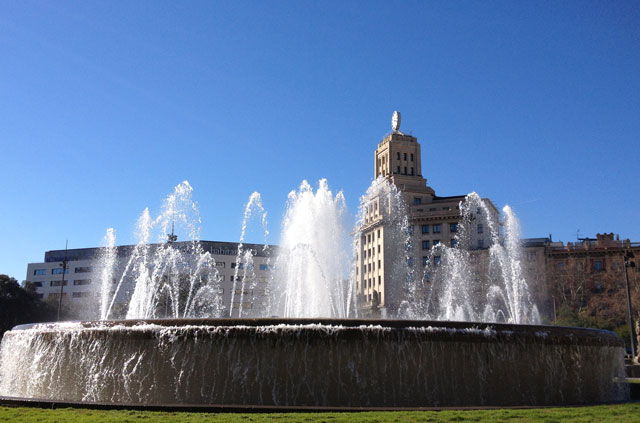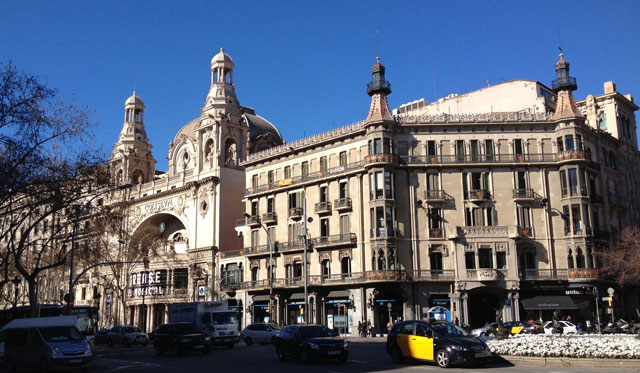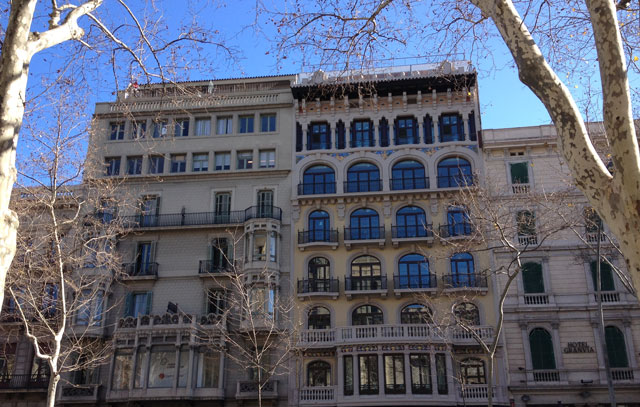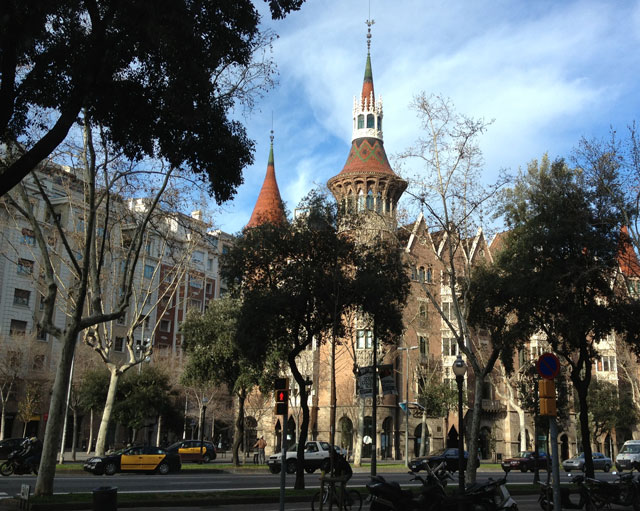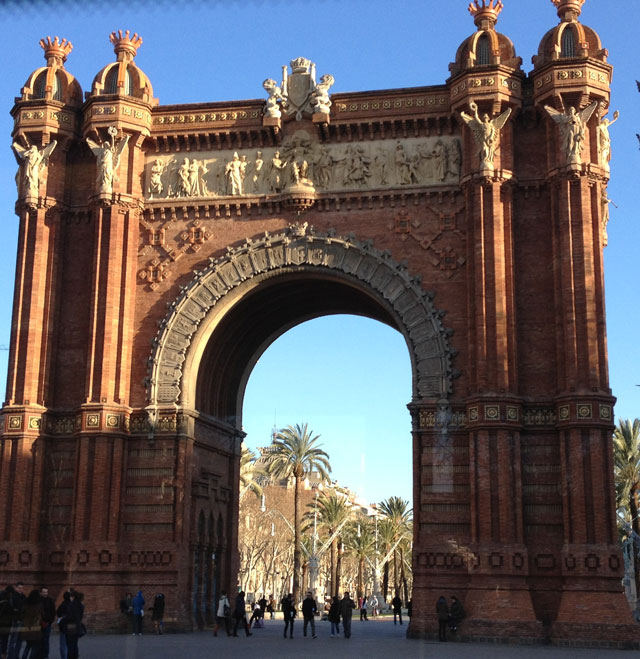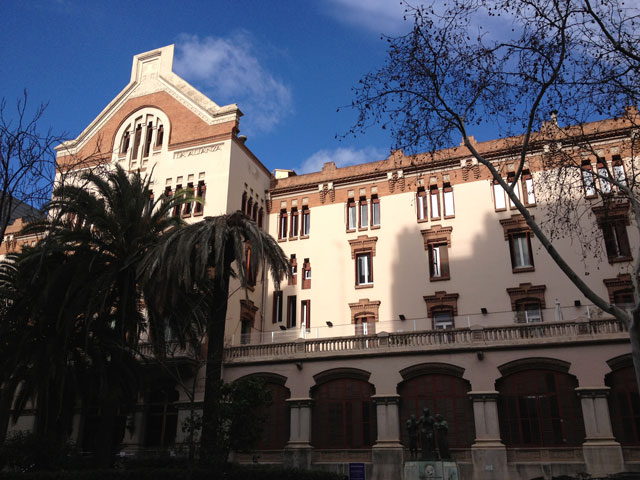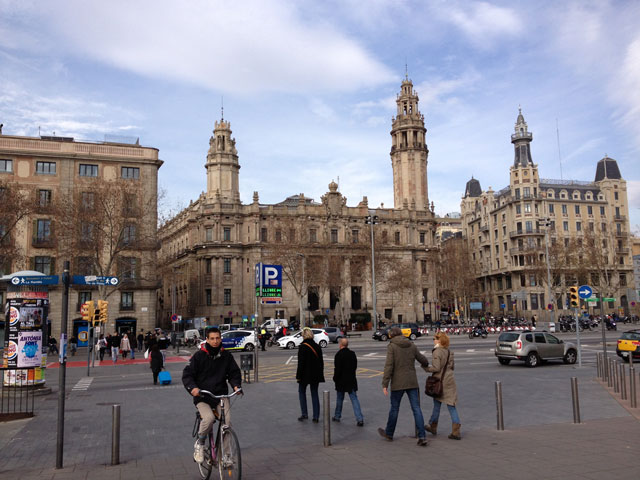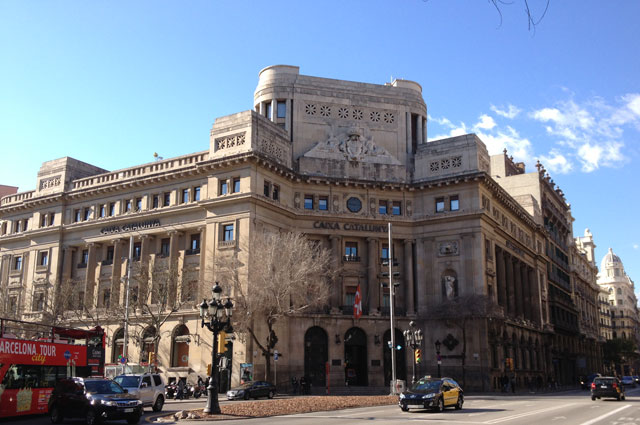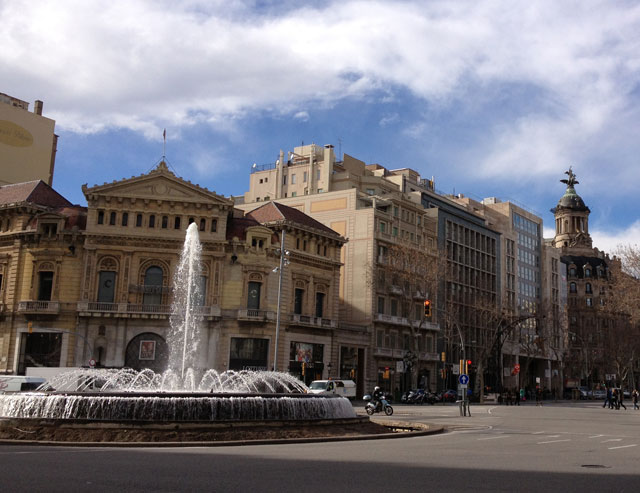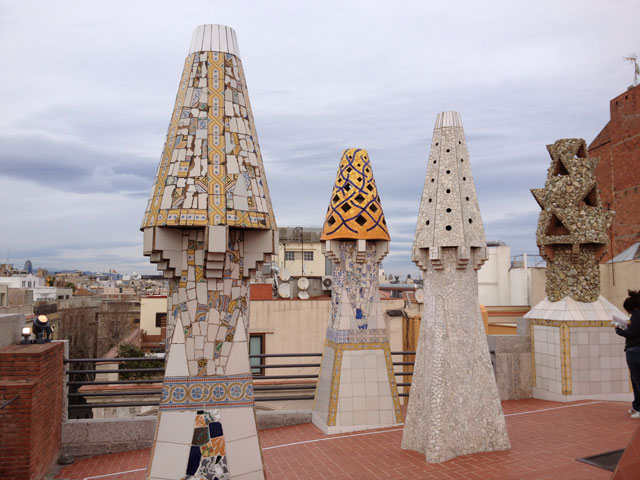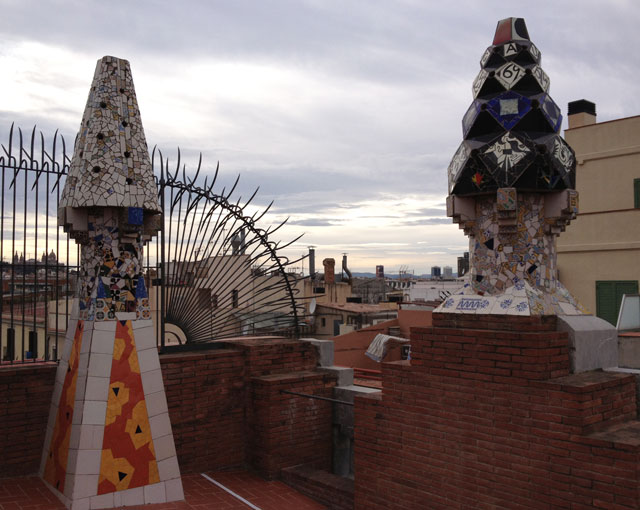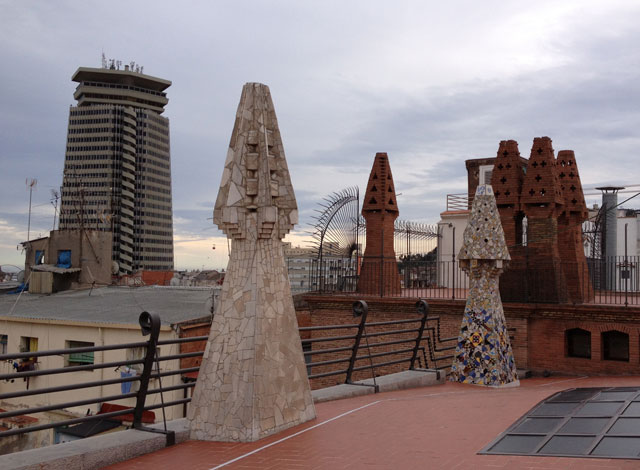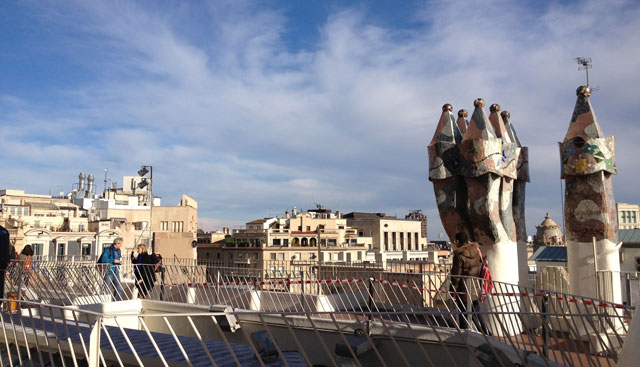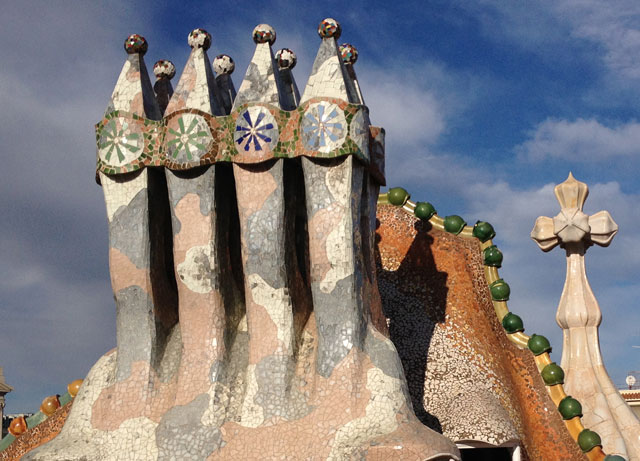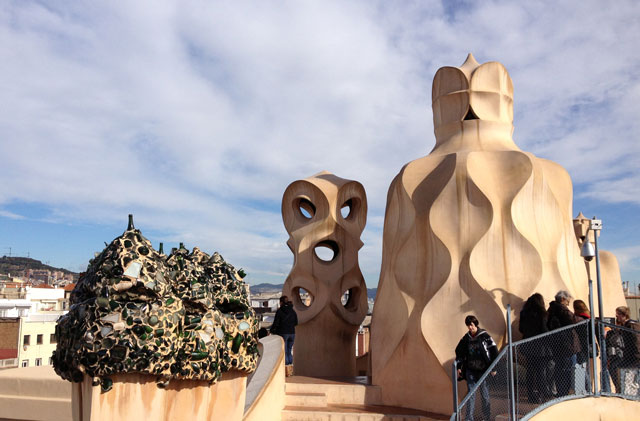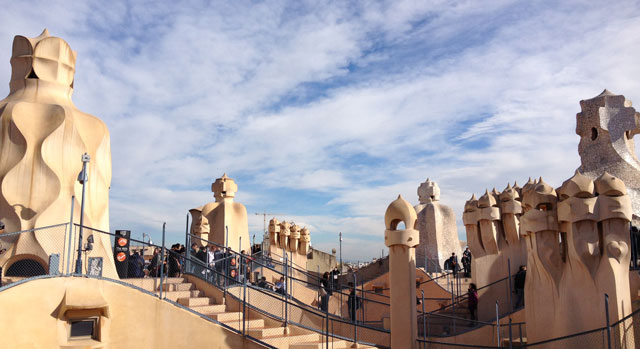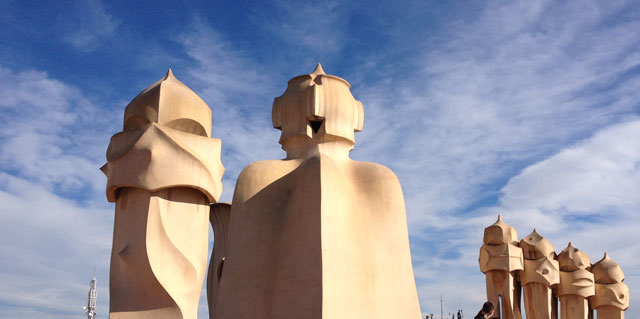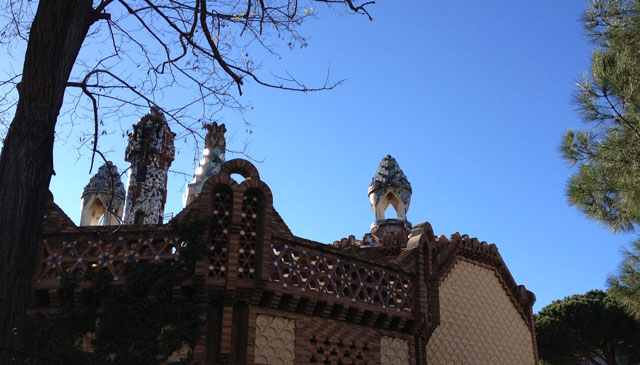Three very different posts in this Wednesday’s Bloggers Round-Up: Yetunde from Like Home in Paris takes us on a guided tour through an unexpected venue: Paris’ oldest hospital, Jo Karnaghan, in her usual practical way, gives excellent tips on how to plan an itinerary (part 3, so don’t miss the others) while Stephanie, the Llamalady from Blog in France, has found a wonderful French site connecting up geographical locations and famous French writers. Enjoy!
Hôtel Dieu: The unexpected inside Paris’ oldest hospital
by Yetunde from Feels Like a Home in Paris, local Paris holiday rental specialists, who blog on tips, happenings & lots of food & drink from the city they love.
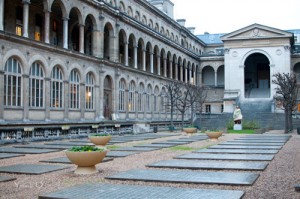 Visiting Notre Dame on Ile Saint Louis in Paris, you can’t help but notice the rather large Hôtel Dieu hospital close by. It has maybe even shown up on a few of your photos but have you ever been inside?
Visiting Notre Dame on Ile Saint Louis in Paris, you can’t help but notice the rather large Hôtel Dieu hospital close by. It has maybe even shown up on a few of your photos but have you ever been inside?
It would never strike me as a normal part of my day to enter into a hospital unless I really have to. I have only ever visited two emergency rooms in Paris and needless to say that I hope to never have to do it again. But when you consider a hospital that was built between the 7th and 17th century you have to take pause and notice it. Read on
Itinerary planning 101: Part 3 – the finishing touches to your travel plan
by Frugal First Class Travel, an Australian who loves to travel – especially in Europe – and who has gradually learned how to have a First Class trip on an economy budget, without missing out on anything!
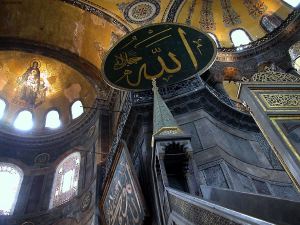 How are you going with your plans for your latest itinerary? Have you got a good outline of where you are going, your budget and how you are planning on getting about? In the final installment of this short series we fill in the blanks with all the special moments that will make your trip one to really remember……
How are you going with your plans for your latest itinerary? Have you got a good outline of where you are going, your budget and how you are planning on getting about? In the final installment of this short series we fill in the blanks with all the special moments that will make your trip one to really remember……
1. List all the things you want to do in each of your destinations
Taking into account the length of time you have in each destination, make a list of all the things you want to do for each of your destinations and prioritise them. Read on
Map of Literary French History
by Stephanie, the Llamalady, from Blog in France, an Irish llama and alpaca breeder living in the centre of France, who also runs a carp fishery and a holiday gite
Here’s something rather interesting – it’s a crowdsourced interactive map of France that allows you to discover quotations or descriptions about various destinations in the country by famous French writers.
Zoom in to the area of France that you’re interested in on the Google map in and you’ll see little blue flags. The quotations are linked to these. I was of course interested to see what’s been written about my local area. As I suspected, George Sand had a lot to say about the place. Here’s her (George Sand was the pen name of Amantine Lucile Aurore Dupin) view of Boussac. Read more

